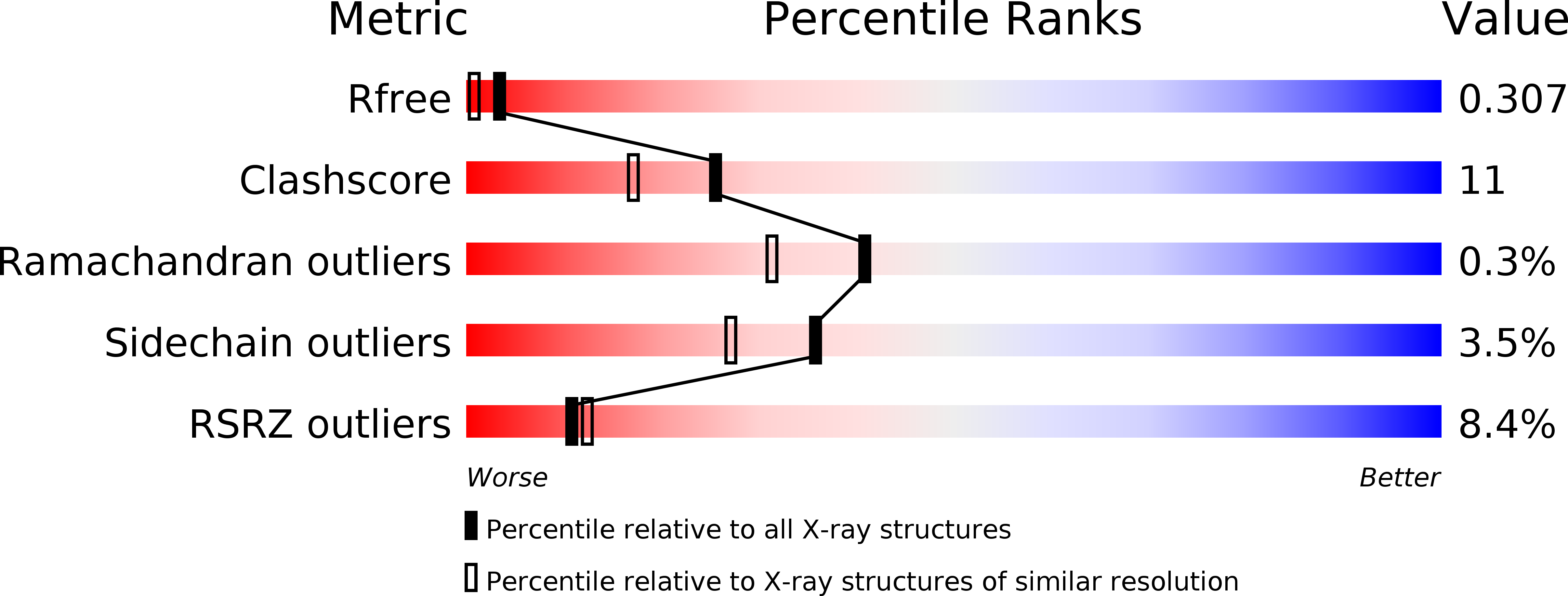
Deposition Date
2012-09-18
Release Date
2014-03-19
Last Version Date
2023-09-20
Method Details:
Experimental Method:
Resolution:
1.90 Å
R-Value Free:
0.29
R-Value Work:
0.23
R-Value Observed:
0.23
Space Group:
C 1 2 1


